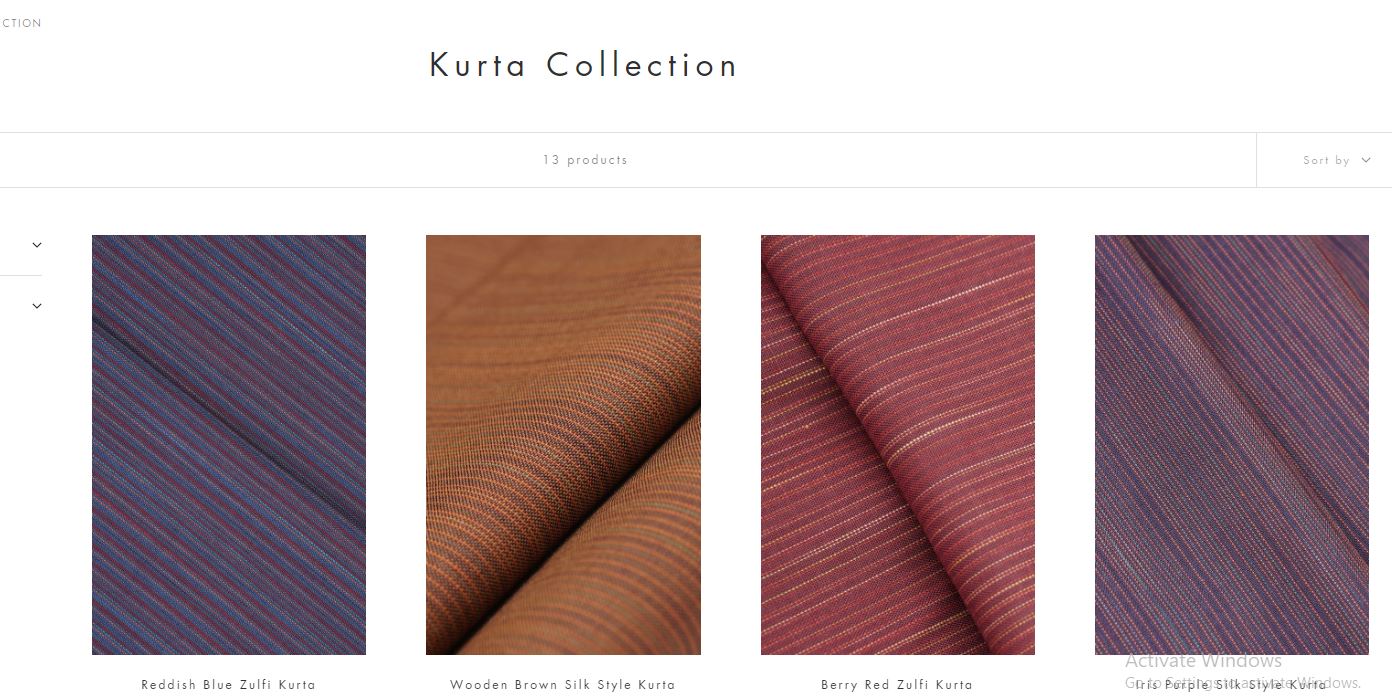Blended fabric combines two or more fibers to create a unique material with enhanced qualities. By mixing natural and synthetic fibers, manufacturers can produce textiles that offer the best of both worlds. Common blends include cotton-polyester, wool-acrylic, and silk-nylon. These combinations result in fabrics that are durable, comfortable, and versatile.
Benefits of Blended Fabrics
Blended fabrics provide several advantages over single-fiber materials. The primary benefit is improved durability. For example, combining cotton with polyester increases the fabric’s strength and longevity. Additionally, blended fabrics often have better resistance to wrinkles and shrinkage. This makes them ideal for everyday wear and easy maintenance.
Enhanced Comfort and Feel
One of the standout features of blended fabrics is their enhanced comfort. Natural fibers like cotton and wool offer breathability and softness. When blended with synthetic fibers, these fabrics retain their comfort while gaining additional benefits. For instance, a cotton-polyester blend feels soft against the skin and wicks moisture away, keeping you cool and dry.
Versatility in Fashion
Blended fabrics are highly versatile in the fashion industry. They can be tailored into various clothing items, from casual wear to formal attire. Designers favor these fabrics for their adaptability and wide range of applications. Whether it’s a cozy winter sweater or a lightweight summer dress, blended fabrics can cater to different fashion needs.
Types of Blended Fabrics
There are numerous types of blended fabrics, each offering distinct properties. Here are some popular blends:
Cotton-Polyester
Cotton-polyester is one of the most common blends. It combines the softness of cotton with the durability of polyester. This blend is perfect for t-shirts, bedsheets, and activewear. It’s breathable, easy to care for, and resistant to wrinkles.
Wool-Acrylic
Wool-acrylic blends are popular for knitwear. Wool provides warmth and softness, while acrylic adds strength and reduces the likelihood of shrinking. This blend is ideal for sweaters, scarves, and blankets.
Silk-Nylon
Silk-nylon blends offer a luxurious feel with added durability. Silk gives the fabric a smooth, glossy finish, while nylon enhances its strength. This blend is often used in high-end fashion items like evening gowns and lingerie.
Caring for Blended Fabrics
Proper care extends the life of blended fabrics. Always check the care label for specific instructions. Generally, it’s best to wash blended fabrics in cold water and avoid high heat during drying. Using a gentle detergent helps maintain the fabric’s quality. For delicate blends like silk-nylon, hand washing or dry cleaning is recommended.
Eco-Friendly Blended Fabrics
Sustainability is becoming increasingly important in the textile industry. Eco-friendly blended fabrics are gaining popularity. These blends often include organic cotton, recycled polyester, or other sustainable materials. They offer the same benefits as traditional blends while reducing environmental impact.
Organic Cotton-Recycled Polyester
This eco-friendly blend combines organic cotton with recycled polyester. It’s soft, durable, and has a reduced environmental footprint. This blend is used in various products, including clothing, accessories, and home textiles.
Hemp-Bamboo
Hemp-bamboo blends are another sustainable option. Both hemp and bamboo are fast-growing, renewable resources. This blend produces a fabric that is strong, breathable, and environmentally friendly. It’s perfect for eco-conscious consumers looking for sustainable fashion choices.
Conclusion
Blended fabrics offer a perfect balance of comfort, durability, and versatility. Whether you’re looking for everyday wear, high-end fashion, or eco-friendly options, there’s a blended fabric to meet your needs. By understanding the benefits and types of blended fabrics, you can make informed choices for your wardrobe and contribute to sustainable fashion practices.
